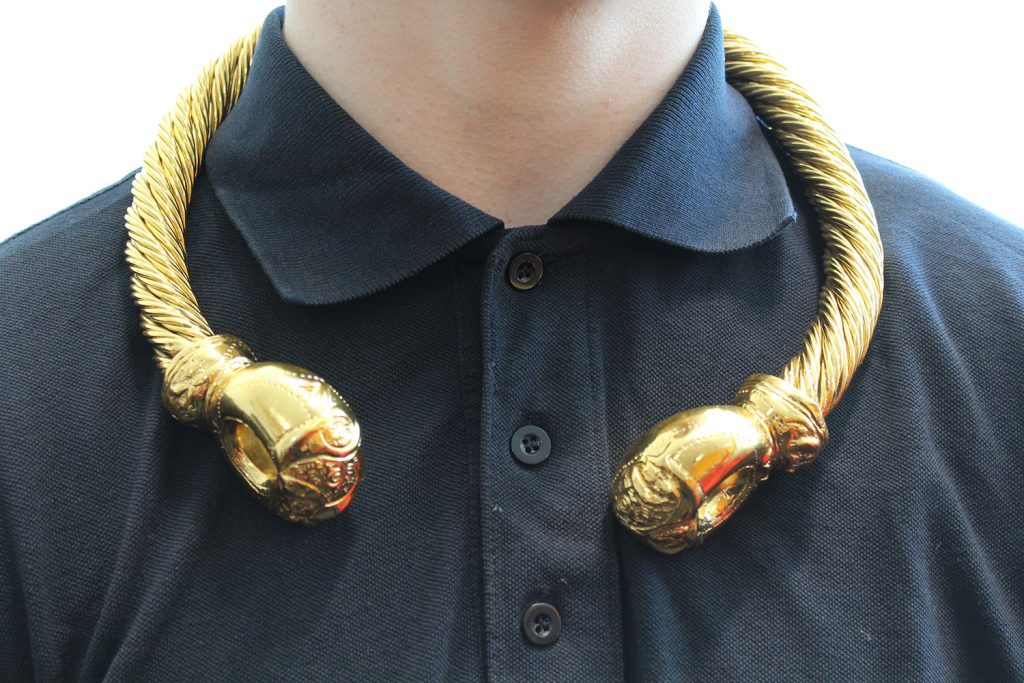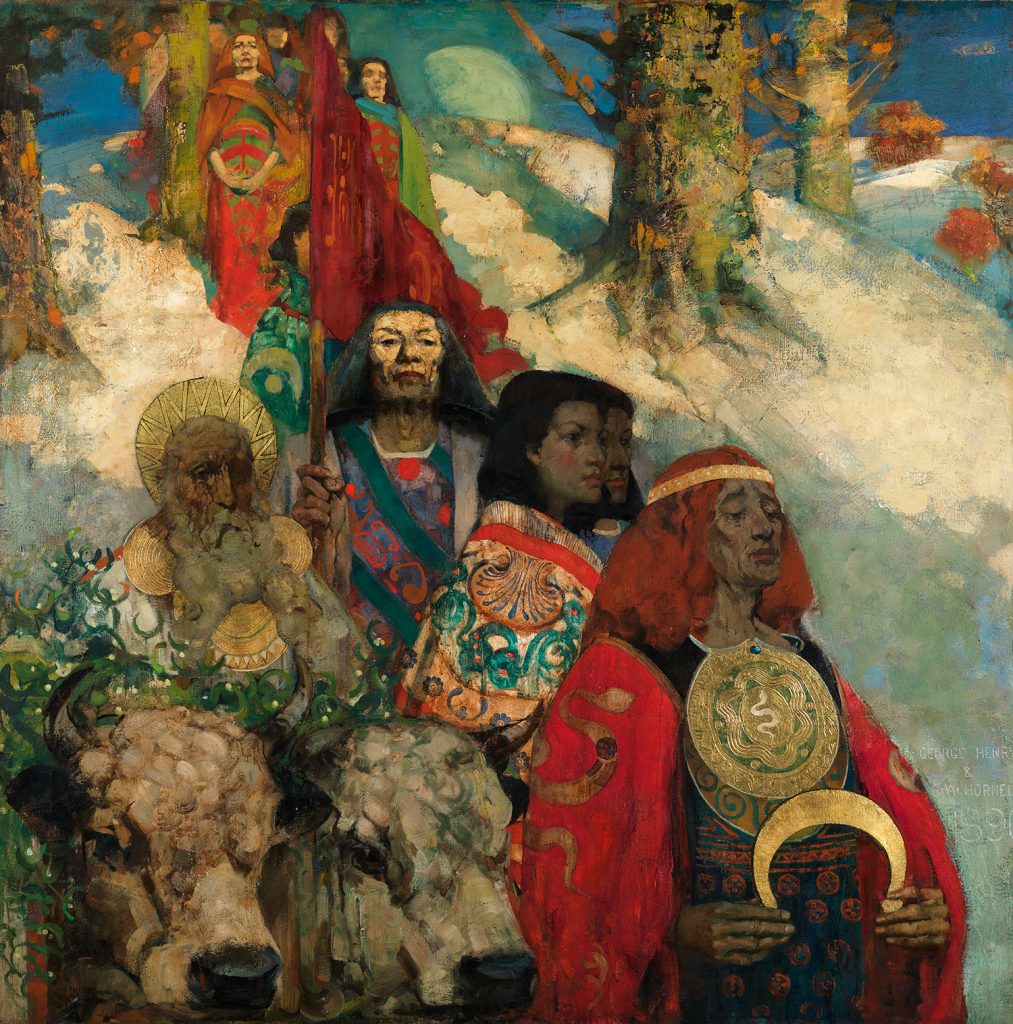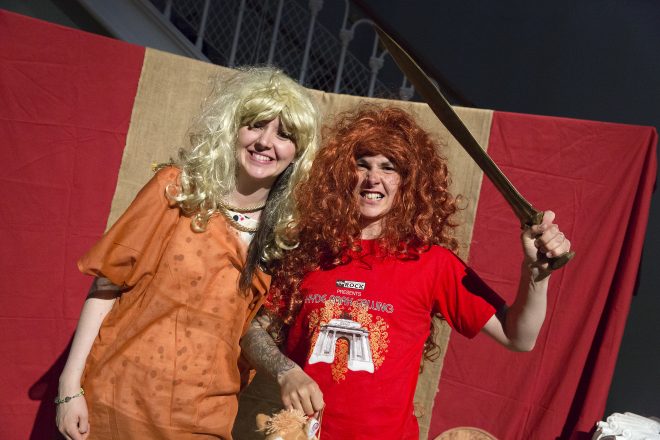Community Engagement has been working with Fife College to run a learning course at Polmont Young Offenders Institute, near Falkirk focussing on the objects and themes of the Celts exhibition at the National Museum of Scotland. For my last two sessions, I had the opportunity to bring out some real and replica objects to the group and have some great broader conversations about archaeology and history.
On 2 June we looked at the various reconstructions of torcs, brooches, and massive pieces of jewellery from different periods of Celtic art. The boys were amazed at the size and weight of the pieces, and we ran a quick ‘guess the weight of the torc’ quiz. The art group had a chance to sketch and make rubbings from the pieces, and they were a fantastic, visceral way to show how powerful a statement they must have made. We considered how clothing at the time would have been fairly muted, so the reflective and sculptural qualities of the jewellery would have stood out amazingly against this duller backdrop, clearly identifying the wearer as someone of great importance.

During the last session we recapped on what had been learned over the six weeks and had a bit of ‘end of term’ fun. After recalling the main points remembered from Martin’s session (“history is written by the winners”, “never do a deal with the Vikings”, “how to spot a real Celtic tattoo”), we briefly talked about the final section of the exhibition on Celtic Revivalism, the creation of the Celtic myth and how this can be traced right up to the current day.

We then considered the main difference between archaeology and history, and how significant material evidence is to our understanding of this earlier time period. I asked how they had found handling and trying on the replica torcs, brooches and jewellery – what were the advantages to being able to hold and touch the objects, even if only replicas? “You could really feel the weight, size and shape of the objects” was one answer. What were the disadvantages? “You couldn’t see the mistakes and irregularities”, “They aren’t real”.
I really wanted to show the boys something real, to feel that connection with the past that can be so inspiring. Unfortunately I didn’t have a real Celtic artefact to show them, but had managed to bring out a piece of Roman amphora from the schools handling collection (right time, wrong style). We discussed how you could see and feel ring marks from the potter’s wheel, which part of the pot it was, and how we could imagine what the whole thing had looked like. From this we considered how archaeologists use the evidence they find, but also other, wider pieces of evidence to fill in the gaps (for example, images from Roman coins to reconstruct the carnyx). As they quickly identified, at the end of the day most of this is just a good, educated guess.
Finally, and for a bit of light relief, we tried on the stereotypical ‘Celtic’ wigs, handmade torcs, tunics and plaid, and fake arm tattoos used at the Celts Late, and made the carnyx and mask making kits.

The six week course has given the boys a good grounding in what can often be a complex subject, but I also hope they got a lot more out of it in terms of life skills and experiences. The sessions have inspired creative projects and literacy skills, but it was meeting real archaeologists, encountering real and replica objects, the conversations we had around the topic and a new connection to the Museum which has made the project, for me, such a worthwhile one. I also feel another great success has been working in partnership with Fife College, who have been so supportive, enthusiastic and welcoming throughout the project, and I look forward to working with them in the future.
I really hope the boys continue to investigate the past and feel more confident about setting foot in a museum, when they next get a chance. For my part, I have really valued their input and ideas and getting to know the group, and I wish them all the best for the future.
Celts is a major exhibition, organised in partnership with the British Museum, unravels the complex story of the different groups who have used or been given the name ‘Celts’ through the extraordinary art objects they made and used. Showing until 25 September http://www.nms.ac.uk/celts
